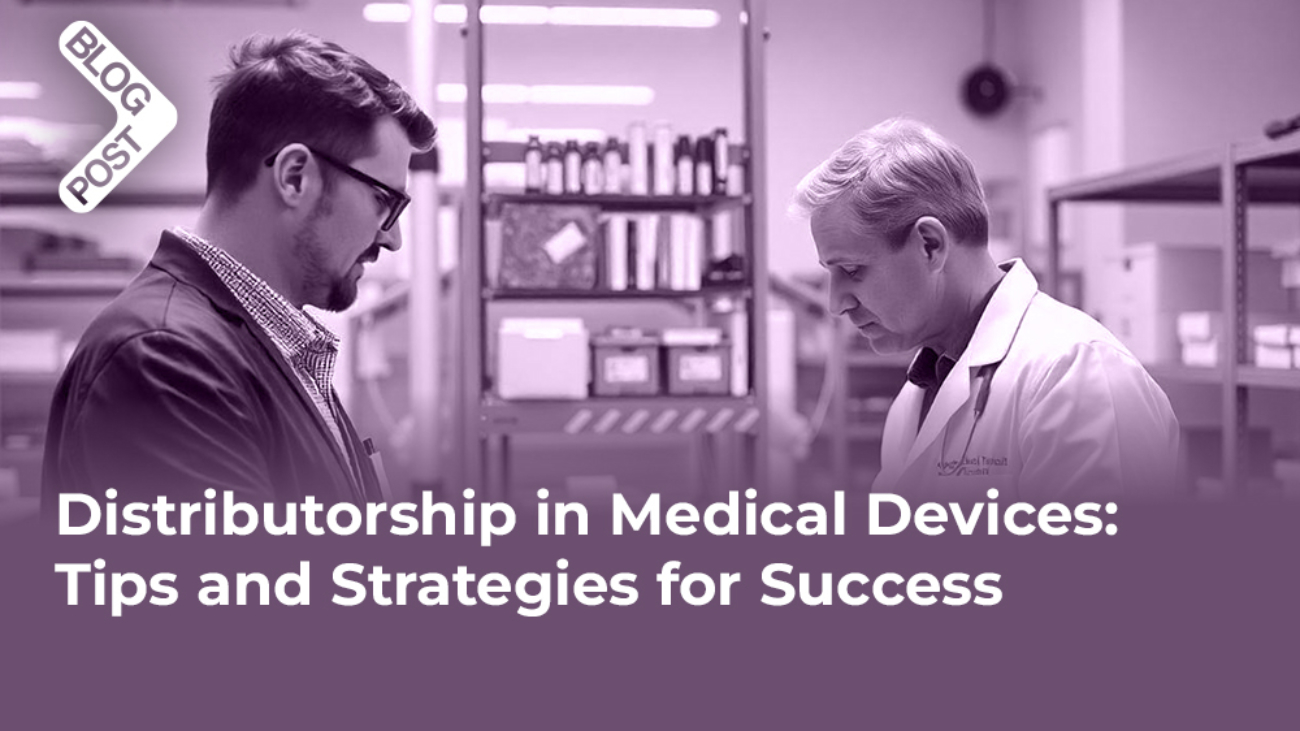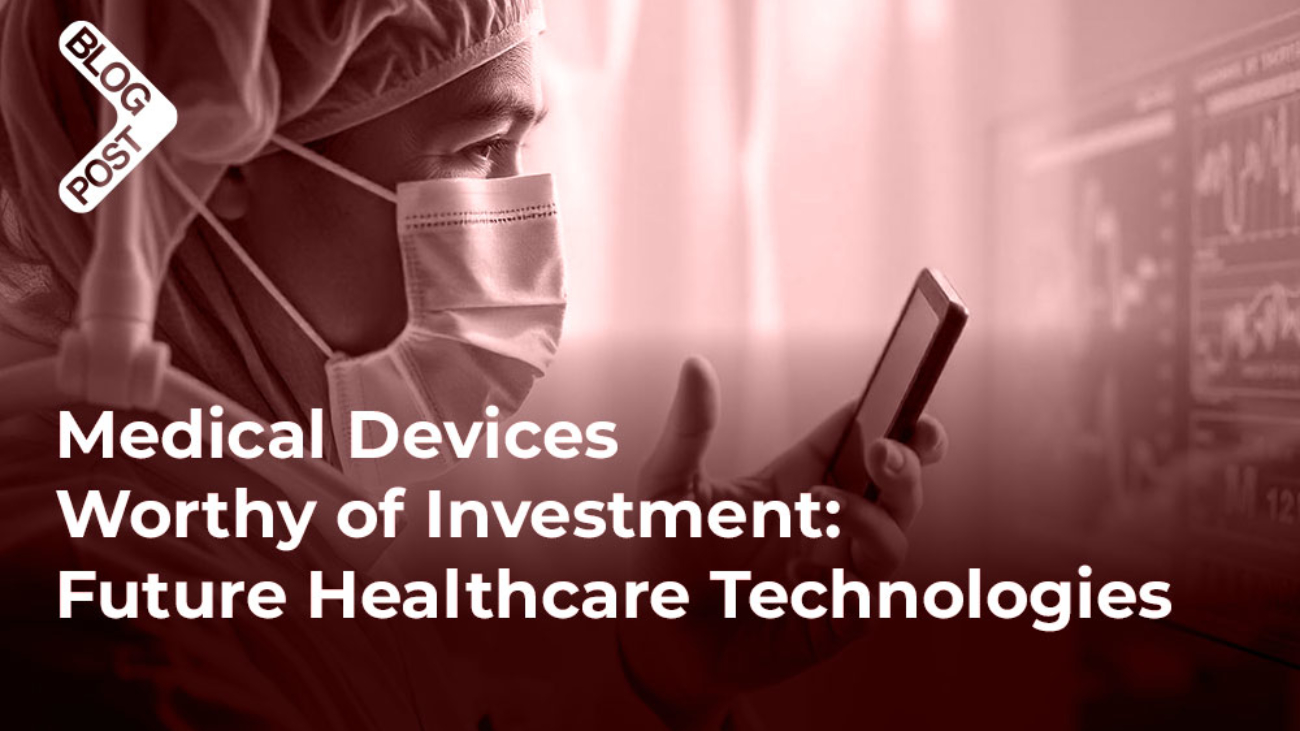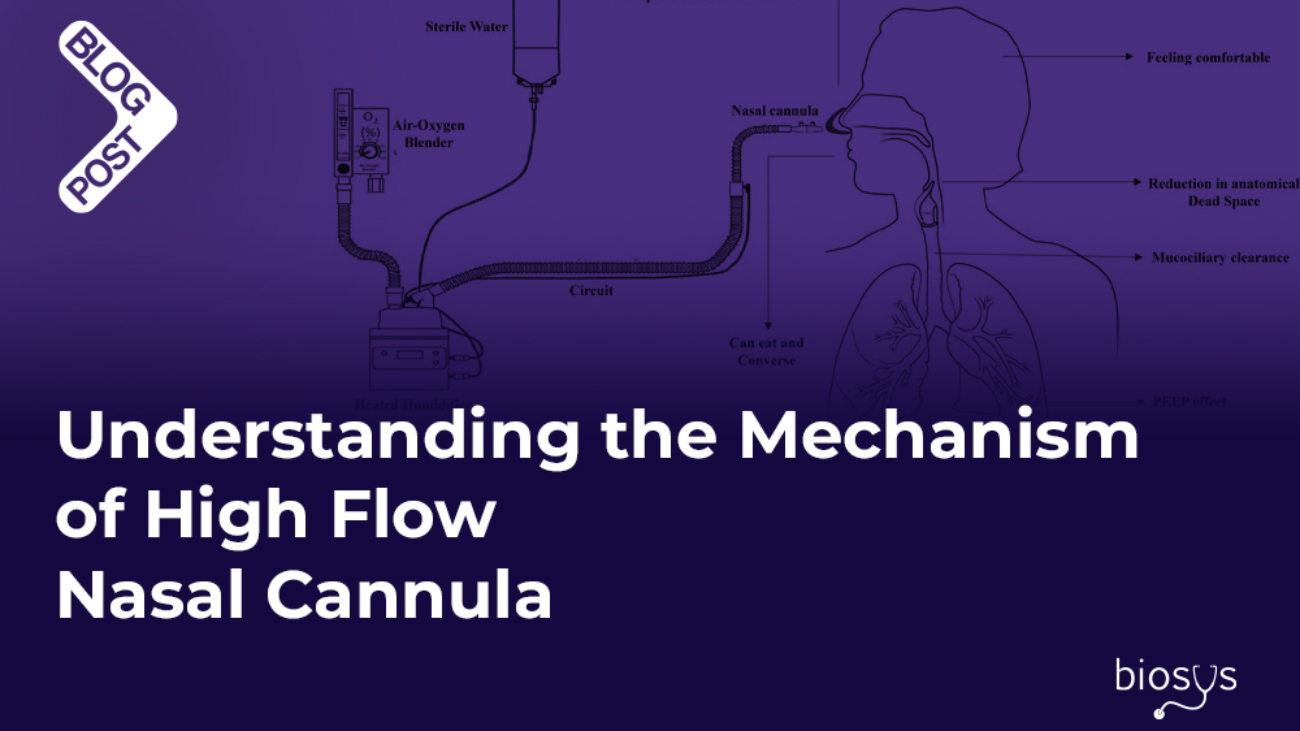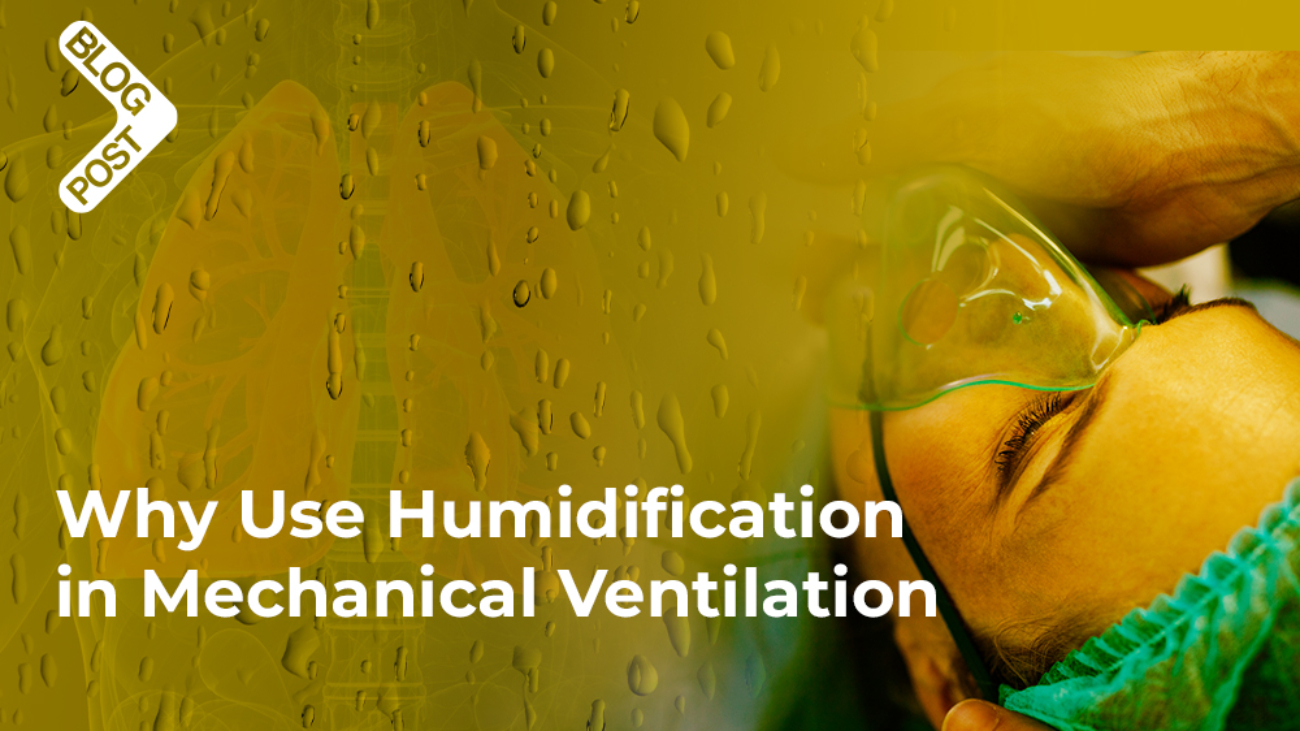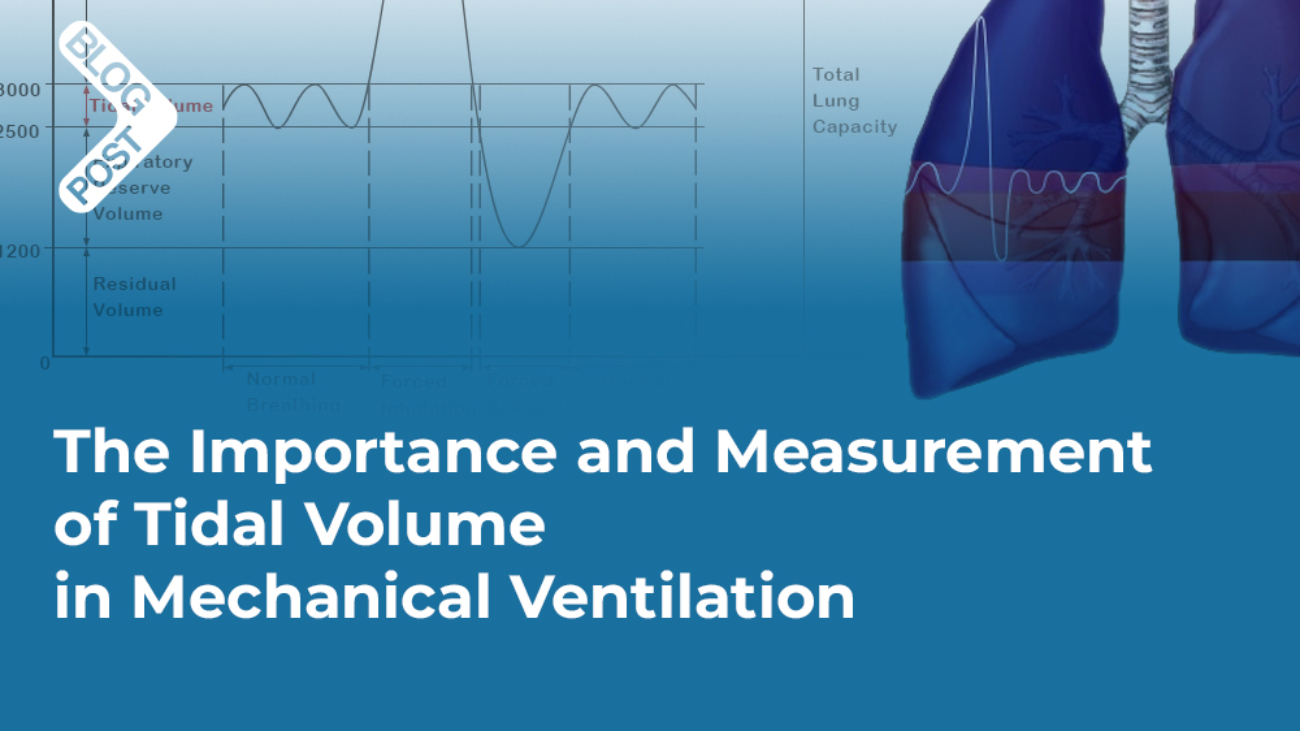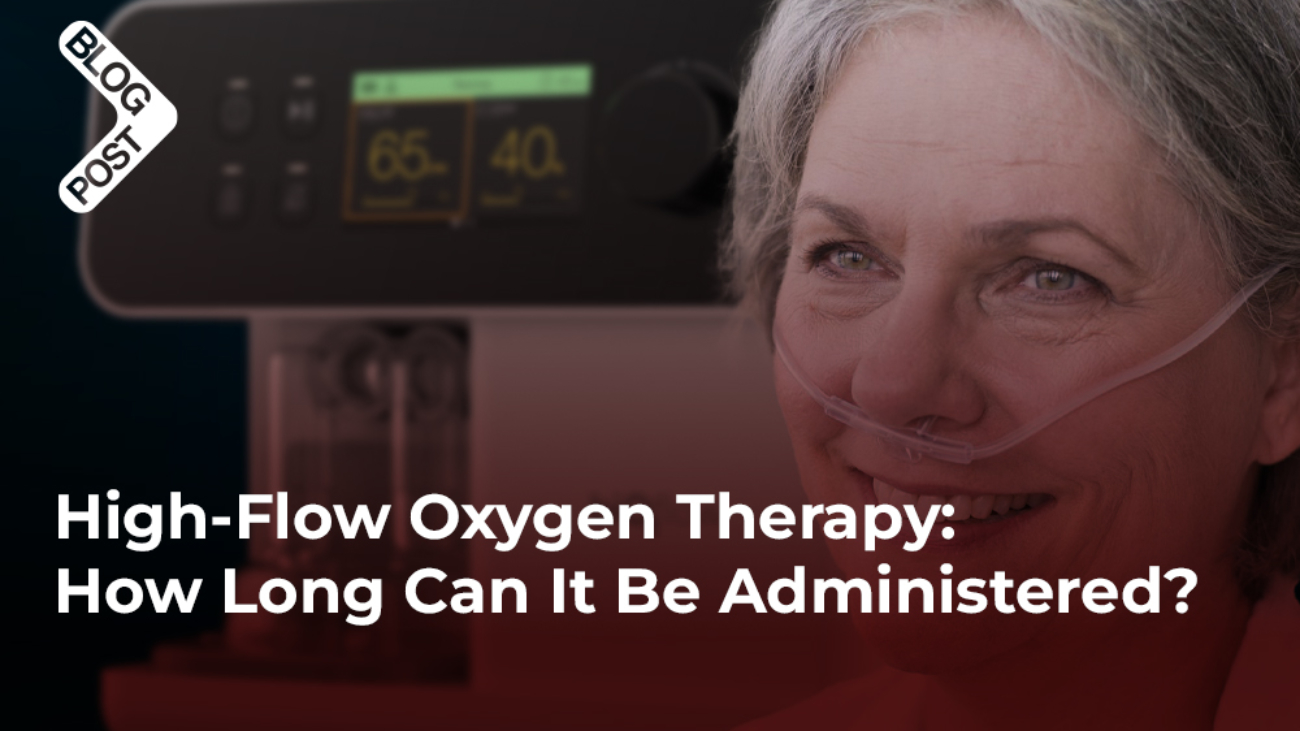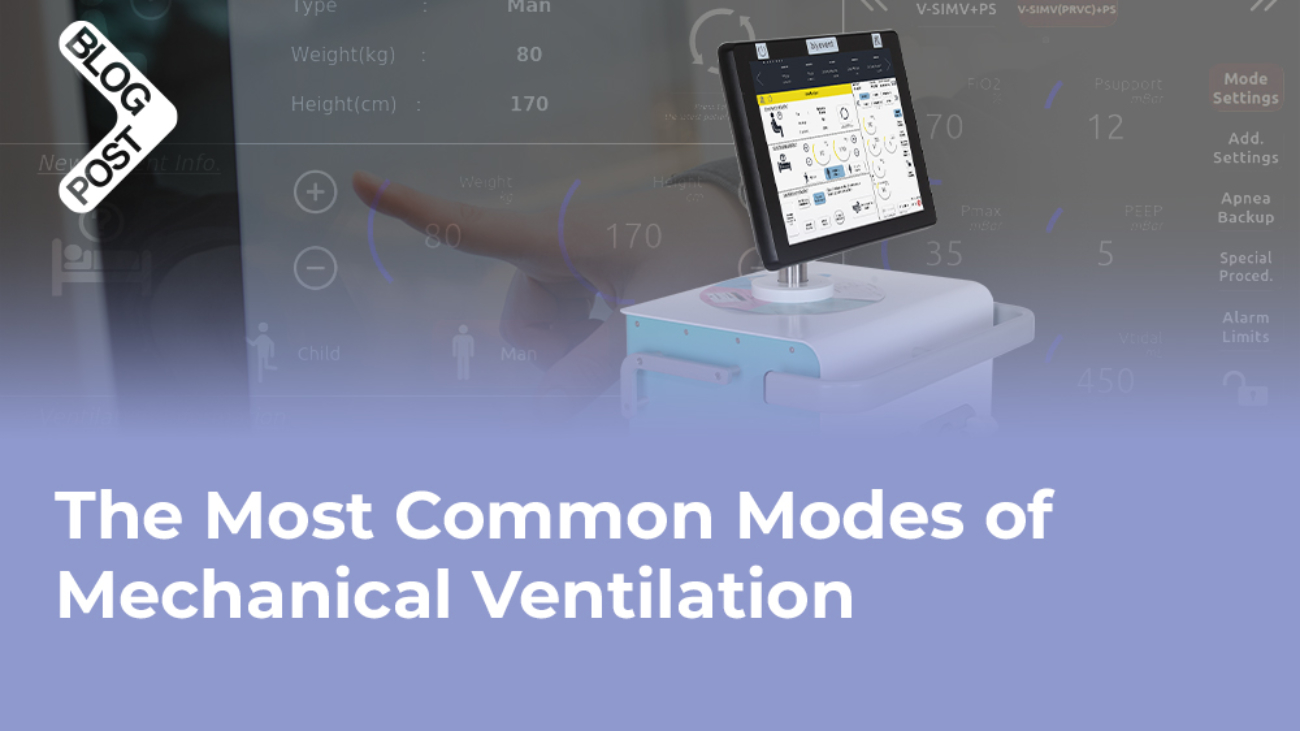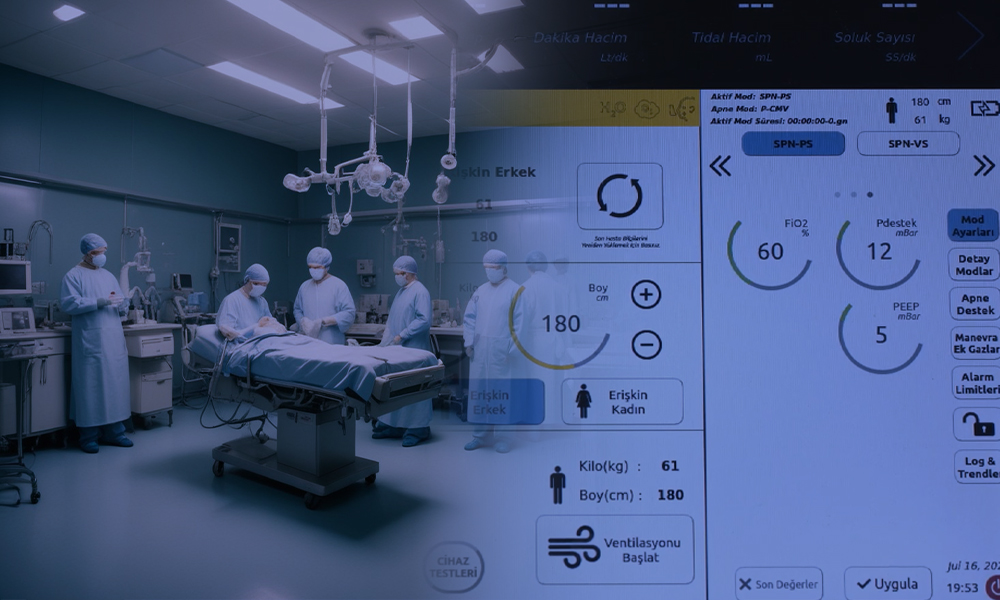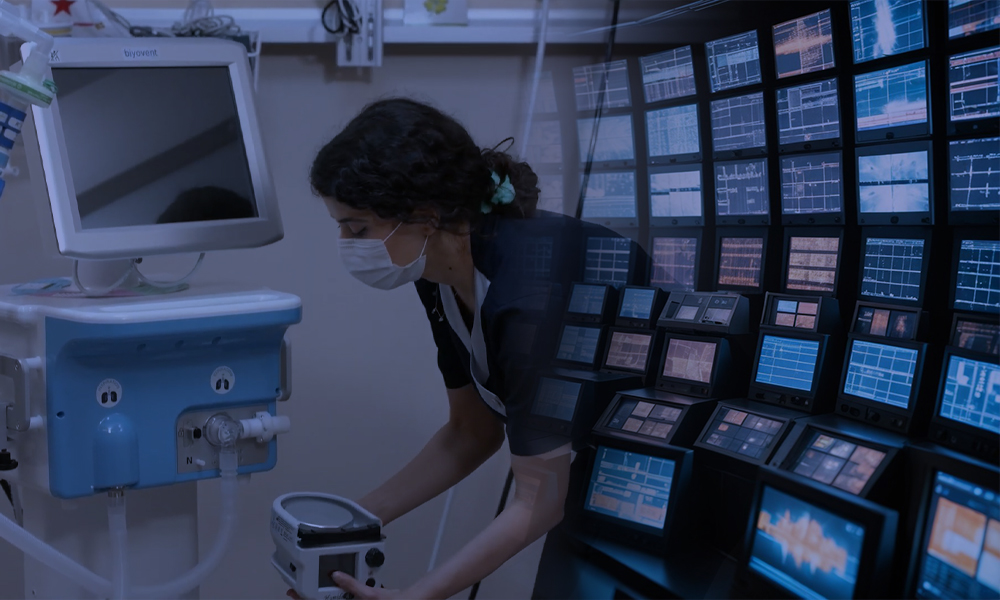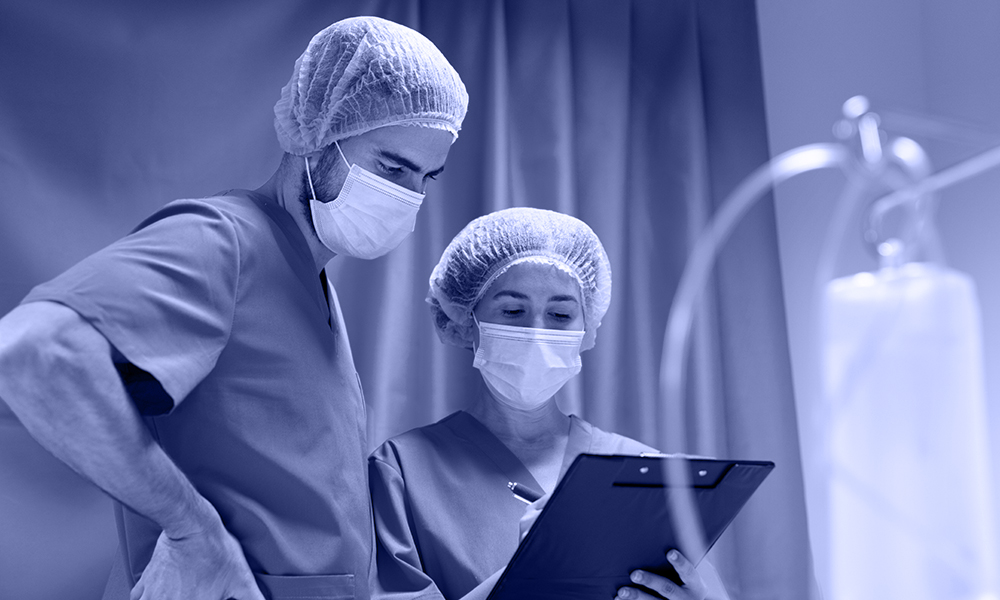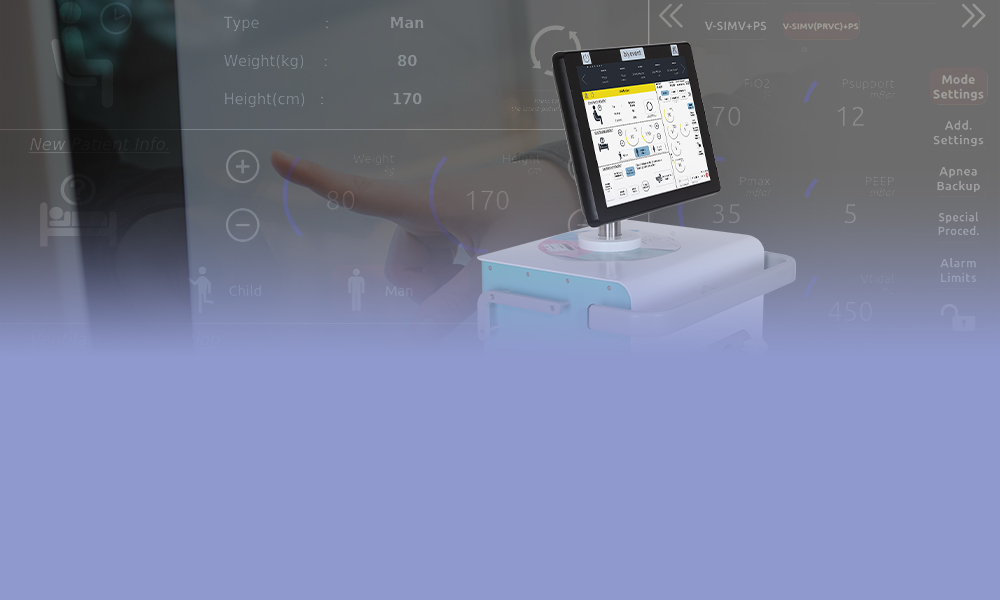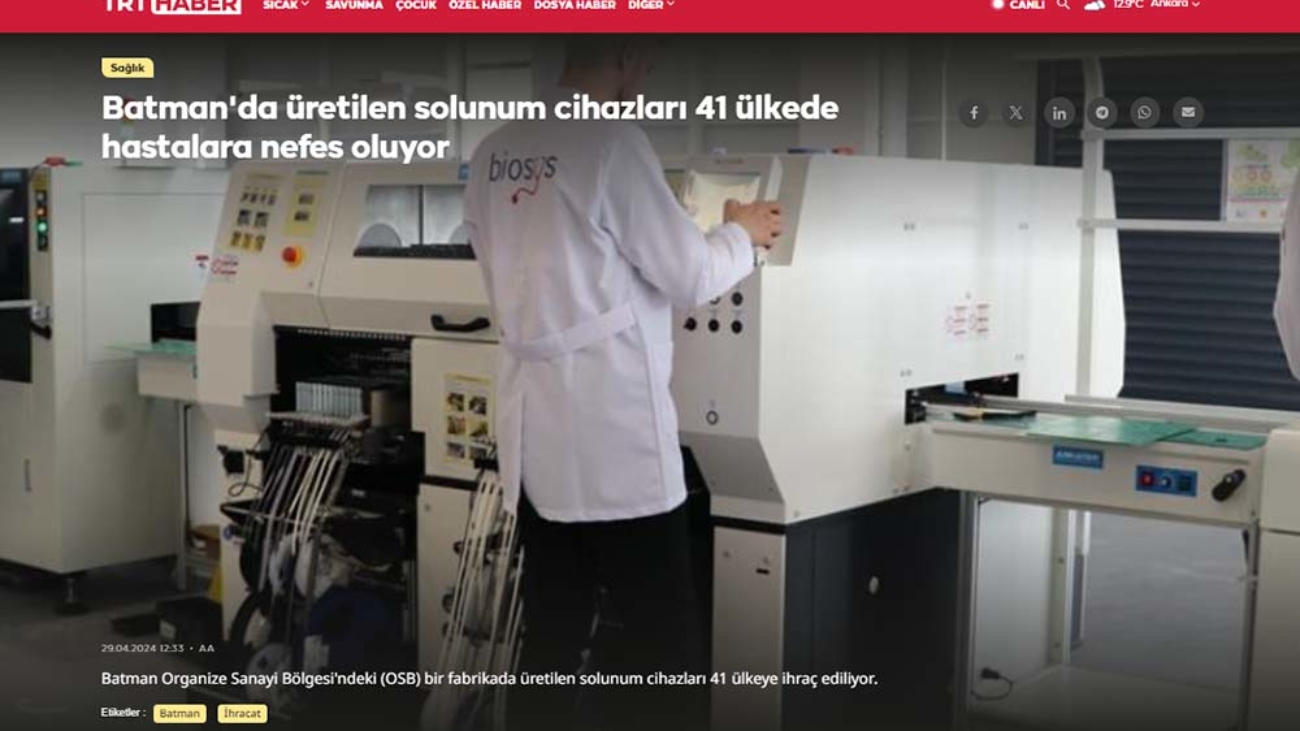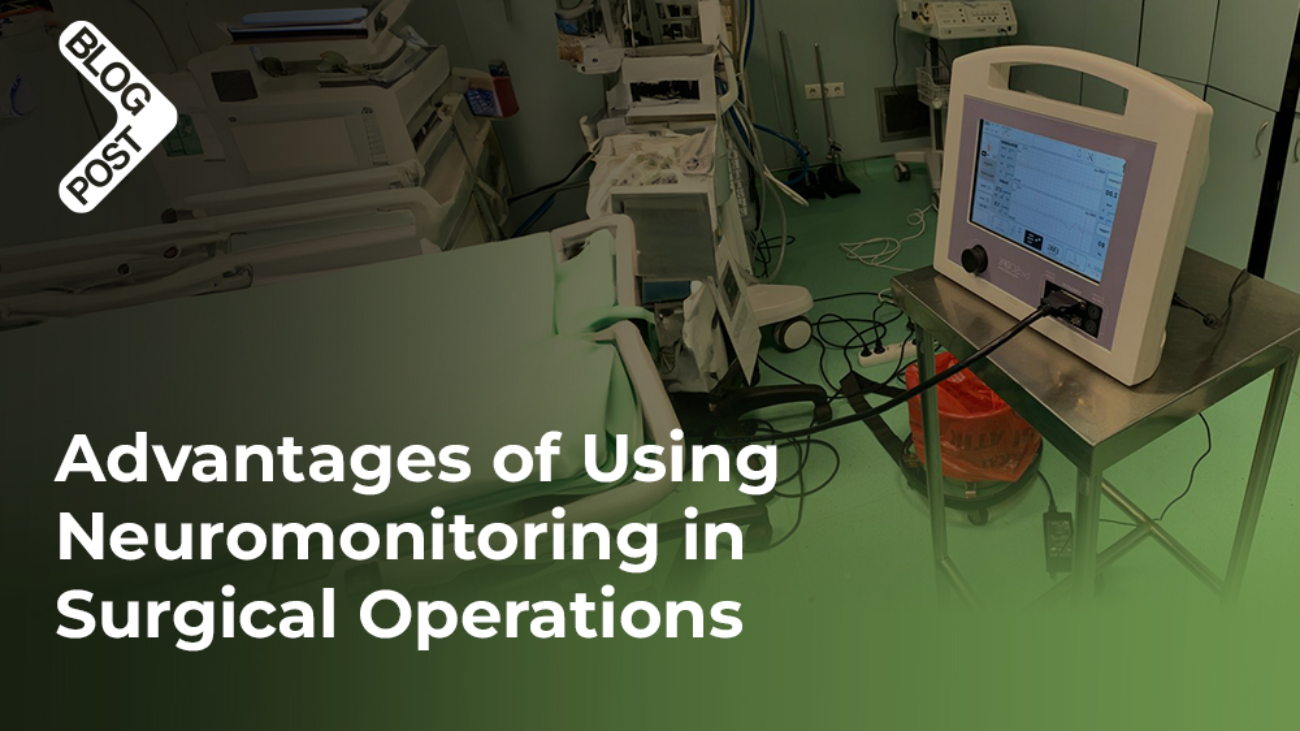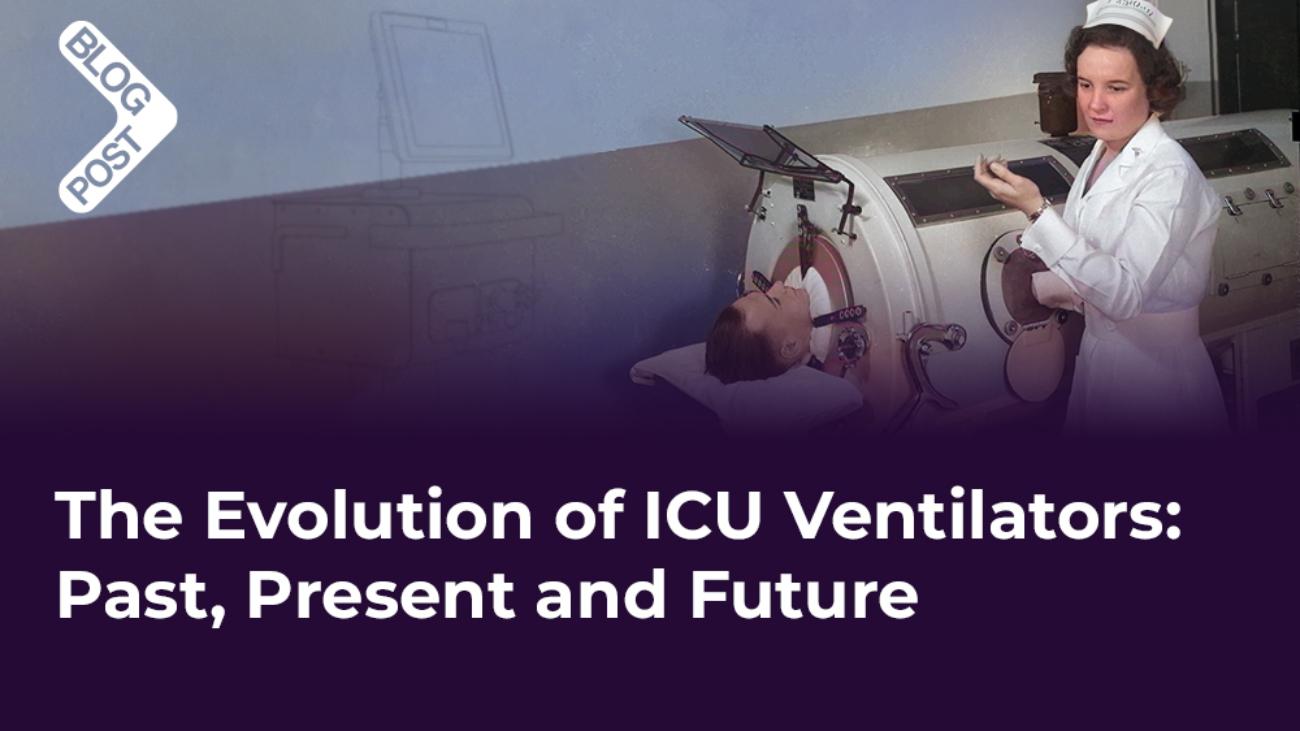In the healthcare world, it is essential that the distribution of medical devices is effective enough to let advanced technologies reach every healthcare provider. With the growing demand for the medical solutions, it has become essential to understand the distributorship of medical devices and follow a proactive approach and implement strategic insights. Whether it’s building strong partnerships with manufacturers or understanding the market dynamics, you can get success through customer-centric strategies, operational efficiency and market knowledge.
So, let’s explore the tips and valuable strategies to empower medical distributors in this competitive world of medical device distribution.

The Importance of Medical Device Distribution
A well-planned medical device distribution ensures that all innovative healthcare solutions reach the healthcare centers to benefit patients. The medical distributors ensure that this supply chain from medical device manufacturers and end-users remains smooth.
Roles of Distributors in the Healthcare Sector:
Medical distributors bridge the gap between manufacturers and the end-users through different roles and responsibilities. The different roles are:
- With their market knowledge and extensive network, medical device distributors broaden the customer reach of manufacturers, enabling them to access customers from clinics, hospitals, healthcare facilities and laboratories.
- As distributors have in-depth knowledge of products they distribute, they can provide important information, training and technical support to healthcare professionals. This ensures that devices are used safely in the right manner.
- Medical distributors ensure that the medical devices meet all regulatory compliances and certifications of the healthcare industry.
- With strong relationship building skills, medical distributors maintain healthy relations with customers, build manufacturer’s reputation over time and facilitate long-term business with healthcare professionals.
- It’s the distributors who understand the healthcare policies, market dynamics and reimbursement systems. With this knowledge, they facilitate greater market access to affordable and advanced medical devices for the end-users.
- By coordinating with the warehouse, transportation and inventory management staff, medical distributors ensure effective logistics management. They optimize the supply chain so that medical devices reach the needy in a timely and cost-effective manner.
- They also control inventory and perform demand forecasting to avoid understock conditions.

Distribution Agreements and Legal Requirements
To ensure a healthy and legal distributorship in medical devices, a distribution contract or agreement occurs between device manufacturers and distributors. These agreements/contracts define the roles, responsibilities and duties of both the parties.
Key elements of Distribution Contracts:
The distribution contract contains:
- Geographical territory in which disturbers can sell medical devices.
- Scope of the distribution including models, product lines and variations.
- Rights and duties of the distributors regarding the marketing and promotion of medical devices in the defined territory.
- Pricing structures, payment terms and discounts agreed by both the [parties
- Duration of the distribution contract and conditions of termination.
- Intellectual property rights of the medical products such as those related to patents, trademarks and proprietary information.
- Regulatory compliances and legal requirements of the medical devices.
- Clauses and mechanisms to resolve any disputes if occur between distributor and manufacturer.
Medical distributorship must follow a certain framework of national/international regulations. The national regulations may include obtaining license for distributing medical devices, adhering to strict quality management systems, complying with national safety standards and reporting any negative incidents, following rules regarding labeling & packaging and advertising & promotion of medical devices.
The international regulations mainly facilitate harmony across different countries regarding medical device distribution. Also, it is essential for distributors to stick to the ISO standards specific to the medical equipment. Additionally, for EU market distribution, distributors must follow some EU regulations including MDR, IVDR, etc. Similarly, for the marketing and distribution of medical devices in the US, distributors must comply with FDA regulations. Besides, there are several other international standards and regulations that provide recommendations for the safe distribution of medical devices.

Strategies to Become a Successful Distributor:
If you want to become a successful medical device distributor, you need to follow a strategic approach encompassing industry knowledge, regulatory compliance, operational efficiency and healthy relationships with manufacturers.
Some key strategies you can consider are:
- A thorough market research to understand the requirements, priorities and challenges of the healthcare providers.
- Establish long, healthy and strong partnerships with reputable manufacturers.
- Establish a strong distribution network with key organizations in the healthcare industry including clinics, hospitals, purchasing groups and regulatory bodies. Collaborate with them closely to understand and influence policies, and access new business opportunities.
- Optimize and create a strong logistics and supply chain to ensure efficient and timely delivery of the medical devices.
- Develop strong marketing and promotional strategies to increase demand and raise awareness for medical devices. Showcase specific benefits of your products through digital marketing channels and industry conferences.
- Another important aspect for distributors is to stay agile and proactive. Regularly study competitors’ activities, market trends, and customer feedback. Accordingly, identify new opportunities and plan innovative solutions to address the evolving needs. Also, stay updated with technological advancements, regulatory changes and industry trends through education and training.
Logistics and Inventory Management
An important role of the medical distributors in ensuring timely access to the medical devices is logistics and inventory management. It is the duty of the distributor to maintain product integrity and its compliance with standards till it reaches the end user.
For this, logistics need to be effectively managed by coordinating different components of the supply chain. These include transportation, storage and distribution facilities. Distributors need to optimize the supply chain in a way to minimize lead times, prevent stockouts and manage essential inventory levels.
Additionally, they need to track product availability, lot numbers, expiration dates so that devices are stored with utmost safety and efficacy. With robust logistics and supply chain management, medical distributors ensure operational efficiency and meet customer demands on time, upholding the regulatory compliances and highest standards of product quality.

Challenges Faced in Medical Device Distribution
Medical device distribution is not all an easy field and distributors need to navigate through several challenges to ensure efficient and regulatory compliant supply chain operations. Some challenges include:
- Need to meet several evolving regulatory compliances across different regions and countries. The process is complex and time-consuming.
- Requires effective management of logistics to ensure timely delivery of products at minimal costs.
- Maintain product quality throughout the distribution process by following strict quality management systems.
- Plan effective strategies to access new markets and stay ahead of the competitors and build strong relationships with healthcare providers.
- Plan efficient pricing strategies to balance compliance and quality with cost-effectiveness. It includes managing operational costs, negotiating favorable terms and optimizing inventory management practices. All this needs to be planned in a manner to deliver value to the customers and maintain profits for the distributor.
The Future of Medical Device Distribution
Undoubtedly, the medical devices distribution is going to transform in future, all thanks to digitization, e-commerce and evolving technologies. All these new technologies will redefine the field of medical device distribution. With digitization, the distribution channels can streamline the process and enhance transparency, ultimately enhancing the efficiency of the distribution.
Also, the e-commerce platforms will play a major role in connecting distributors and healthcare providers for easy and convenient access to medical devices. further, emerging trends like blockchain technology and AI will optimize logistics, ensure product authenticity and predict demand patterns.
Lastly, the personalized medicine and rise in telehealth features have increased demand for remote monitoring solutions. This, in turn, will restructure the distribution for catering individual needs.
All in all, the distribution network will evolve to ensure faster medical device access, higher patient benefits and greater efficiency in the delivery of healthcare products.
Conclusion
In conclusion, effective medical device distribution is essential to meet the rising needs of patients and healthcare providers alike. We, at Biosys Biomedical, ensure that the best and high-quality medical devices reach patients worldwide. We develop and distribute a wide range of healthcare devices to meet evolving needs. Contact us for more information.

